 From the paper: Figure 1. Hawai‘i Pacific University students weigh ‘Ua‘u kani chicks to study phenology, chick growth, and reproductive success.
From the paper: Figure 1. Hawai‘i Pacific University students weigh ‘Ua‘u kani chicks to study phenology, chick growth, and reproductive success.
David Hyrenbach (Hawai‘i Pacific University) and Alyssa Piauwasdy (Hawai‘i Pacific University & Oikonos Ecosystem Knowledge) study Wedge-tailed Shearwaters or 'Ua'u kani Ardenna pacifica; Least Concern) in the Freeman Seabird Preserve on the Hawaiian island of Oahu. They write of the most recent breeding season in the Hawaii Audubon Society journal ‘Elepaio’:
"2023 Update
With participation of over 20 volunteers, we counted the number of Wedge-tailed Shearwaters (Ardenna pacifica) nesting at the Freeman Seabird Preserve during the incubation (July 14) and early chick-rearing (September 14) periods. In July, we documented 427 active nests, which is the highest count to date and surpasses the previous peak of 423 nests observed in 2022 (Hyrenbach & Piauwasdy 2023). Overall, the annual population counts continue to show a statistically significant trend (F = 395.939; df = 1, 13; p <0.001), with an average increase of 24.7 (+/- 4.8 S.D.) nests per year, which captures 97 % of the variability in the 15-year time series (2009 - 2023; Fig. 2). This trend suggests that the colony continues to grow, in part due to the collaborative restoration efforts.
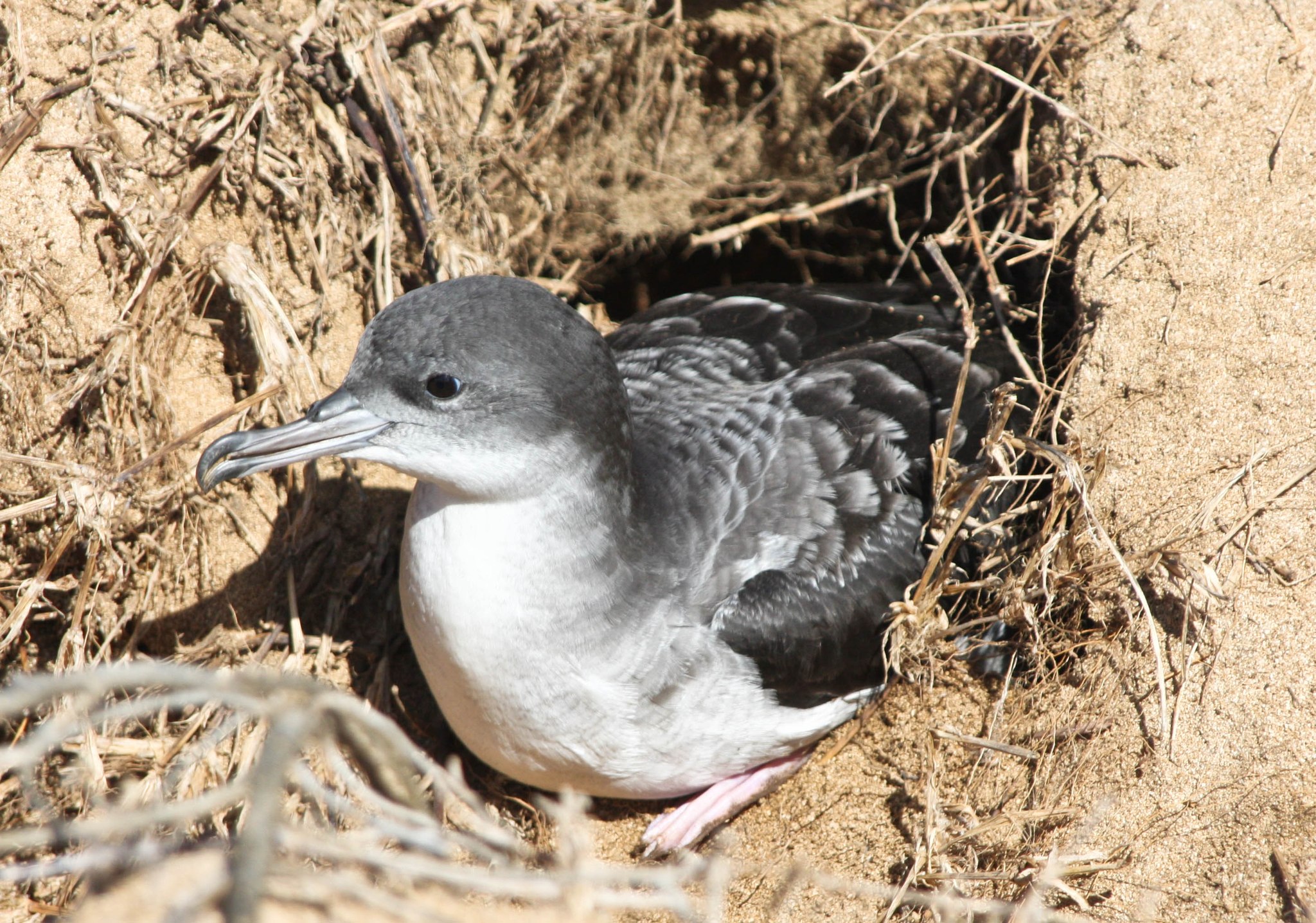 A Wedge-tailed Shearwater; photograph courtesy of Pacific Rim Conservation
A Wedge-tailed Shearwater; photograph courtesy of Pacific Rim Conservation
Ongoing Efforts
The 2024 winter marks the second year of a tracking and tag effects study to determine where in the big Pacific Ocean the ‘ua‘u kani migrate and spend winter, after leaving FSP in late November. In August 2022, we tagged 25 adults with a geolocator (GLS) tag mounted on a USFWS metal band. In April 2023, we retrieved 24 out of 25 tags (96% recovery rate), gathering over 5,700 days of data that revealed their at- sea movements. We tagged an additional 30 adults in August 2023 to learn about ‘ua‘u kani post-breeding movements during the El Niño. We will retrieve these GLS tags starting in April 2024, along with the one remaining GLS from the 2022-23 winter.
Research
Starting in April 2024, we will check returning adult shearwaters to retrieve the GLS tags and to resight the tagged and control birds. With the second year of tracking underway, we are currently analyzing the 2022-23 winter data and developing statistical models to understand the oceanographic drivers of shearwater winter habitat. By comparing shearwater movements during the past La Niña (2022-23) and the current El Niño (2023-24), we seek to understand how changing oceanographic conditions influence the timing of their migration and their over- wintering destinations. Population censusing and nest monitoring for phenology, chick growth, and reproductive success will continue in 2024, to augment our 15-year time series."
Read more on the 2023 breeding season here.
Reference:
Hyrenbach, K.D. & Piauwasdy, A. 2023. Shearwater nesting at Freeman Seabird Preserve: ‘Ua‘u kani cope with El Niño conditions. ‘Elepaio’ 84(2): 12-14.
01 April 2024

 English
English  Français
Français  Español
Español 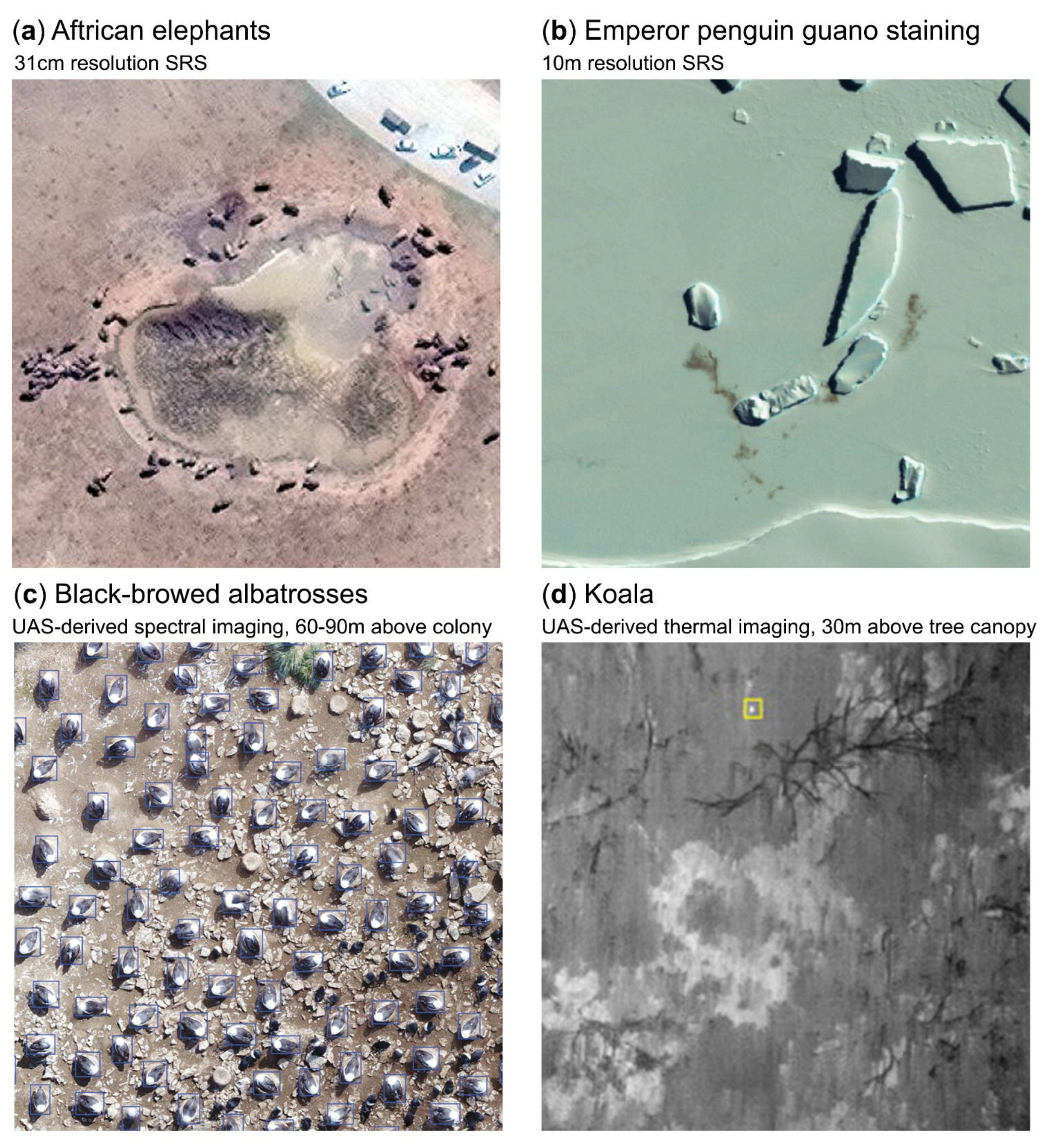 Figure 1 from the paper shows examples of wildlife detected in satellite and unmanned aircraft system (UAS) imagery. (a) VHR satellites can be used to count individual animals provided that they meet key detection criteria: in an open habitat, of suitable size, and of contrasting colour to the background. For instance, African elephants are visible in open savannahs using 31 cm resolution WorldView-3 imagery [14]. (b) Indirect counts can be performed for species which are not directly detectable; for example, colony sizes of emperor penguins can be estimated from the colony area or the extent of guano staining using 10 m resolution Sentinel-2 satellite imagery [15]. (c) Spectral imagery collected by UAS is typically of higher resolution than that of satellite sensors, enabling counts of smaller animals, such as black-browed albatrosses, in open habitats [16]. (d) For species in closed-cover habitats, for instance, koalas in tree canopy (shown in yellow box), thermal cameras mounted on UAS can aid detection [17]. All panels are cropped versions of the originals and are reproduced under CC BY 4.0 licenses.
Figure 1 from the paper shows examples of wildlife detected in satellite and unmanned aircraft system (UAS) imagery. (a) VHR satellites can be used to count individual animals provided that they meet key detection criteria: in an open habitat, of suitable size, and of contrasting colour to the background. For instance, African elephants are visible in open savannahs using 31 cm resolution WorldView-3 imagery [14]. (b) Indirect counts can be performed for species which are not directly detectable; for example, colony sizes of emperor penguins can be estimated from the colony area or the extent of guano staining using 10 m resolution Sentinel-2 satellite imagery [15]. (c) Spectral imagery collected by UAS is typically of higher resolution than that of satellite sensors, enabling counts of smaller animals, such as black-browed albatrosses, in open habitats [16]. (d) For species in closed-cover habitats, for instance, koalas in tree canopy (shown in yellow box), thermal cameras mounted on UAS can aid detection [17]. All panels are cropped versions of the originals and are reproduced under CC BY 4.0 licenses.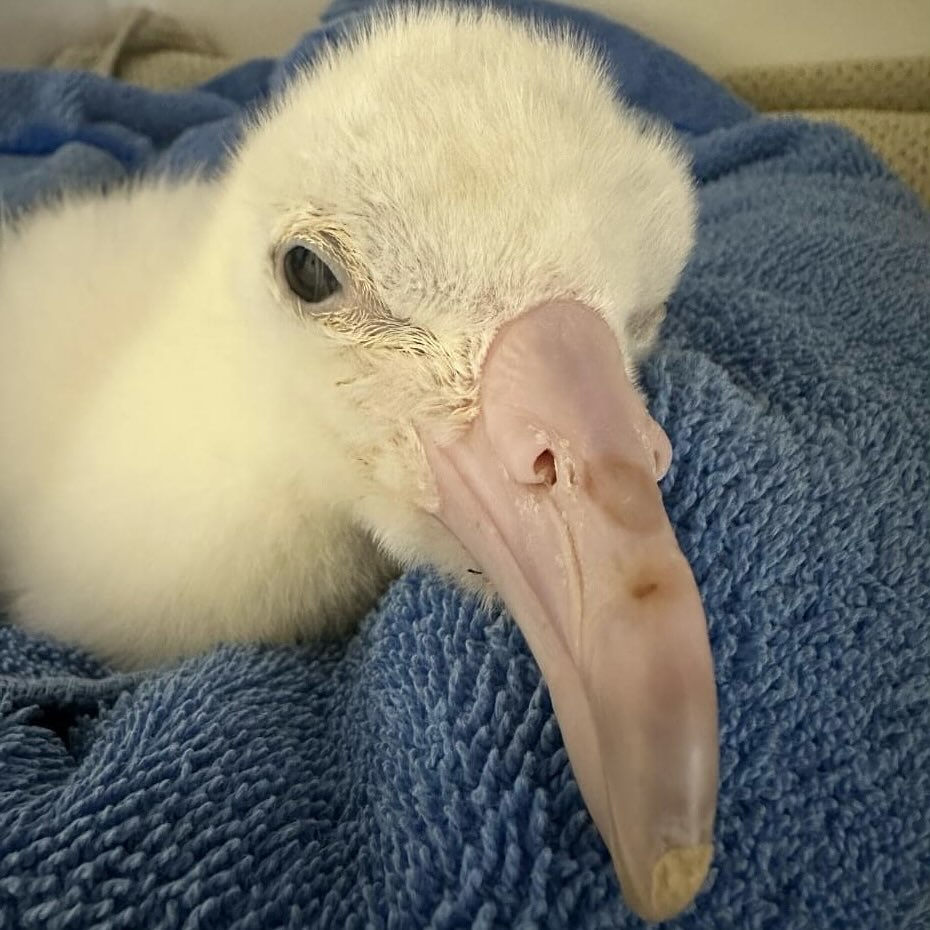 A Northern Royal Albatross chick in ICU after eating plastic, photograph by the Wildlife Hospital
A Northern Royal Albatross chick in ICU after eating plastic, photograph by the Wildlife Hospital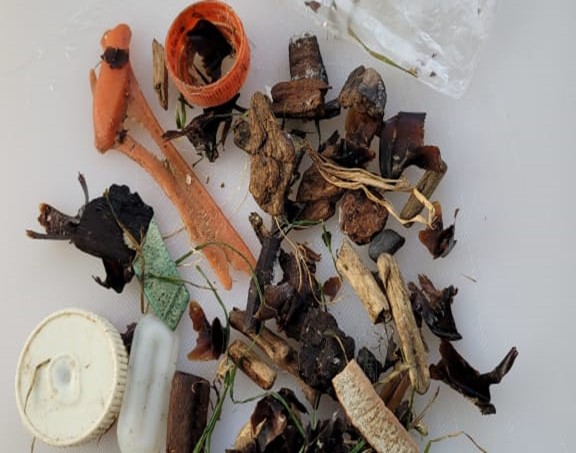 Plastic (and squid beaks) found in the regurgitation of an albatross chick, photograph by the Department of Conservation
Plastic (and squid beaks) found in the regurgitation of an albatross chick, photograph by the Department of Conservation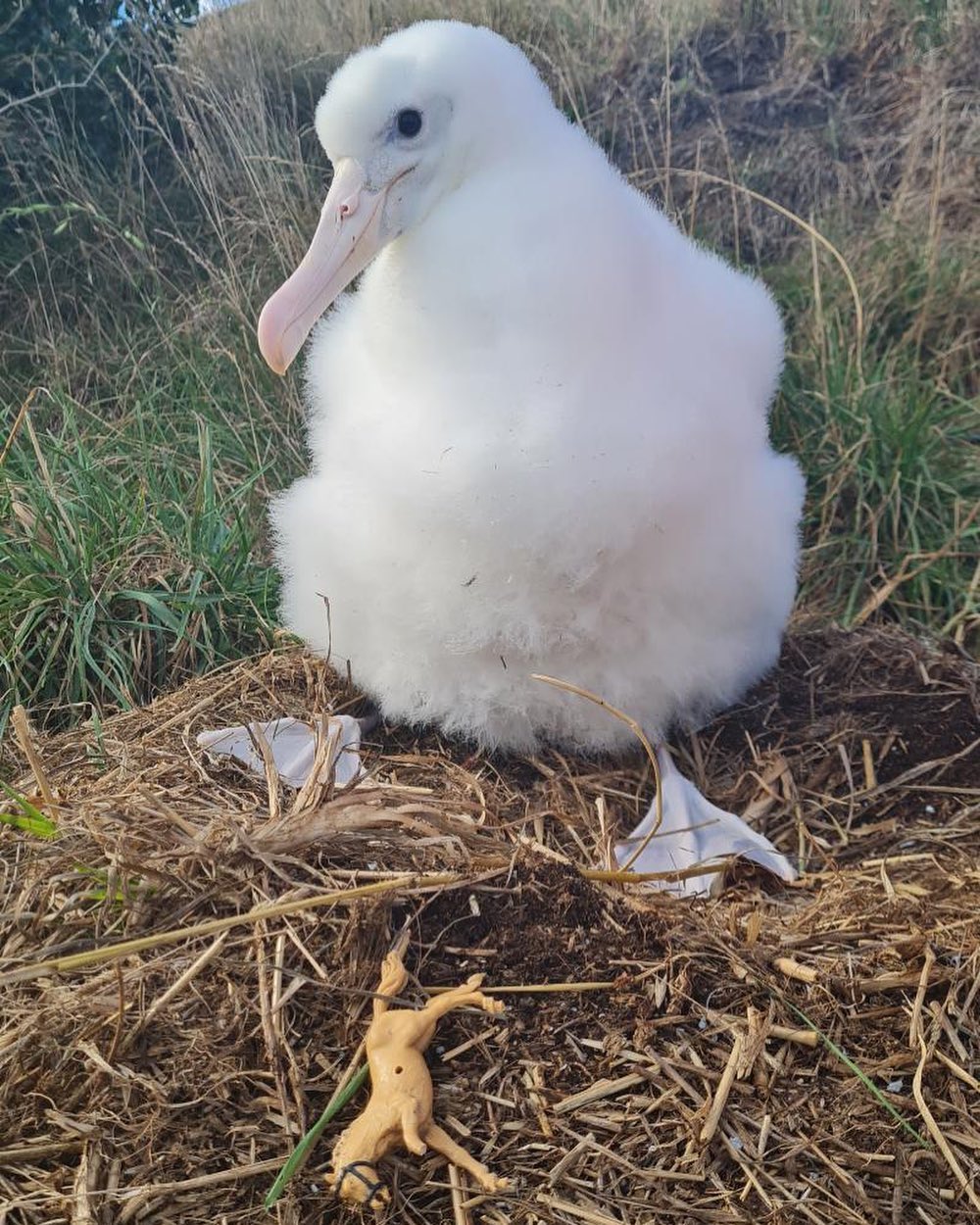
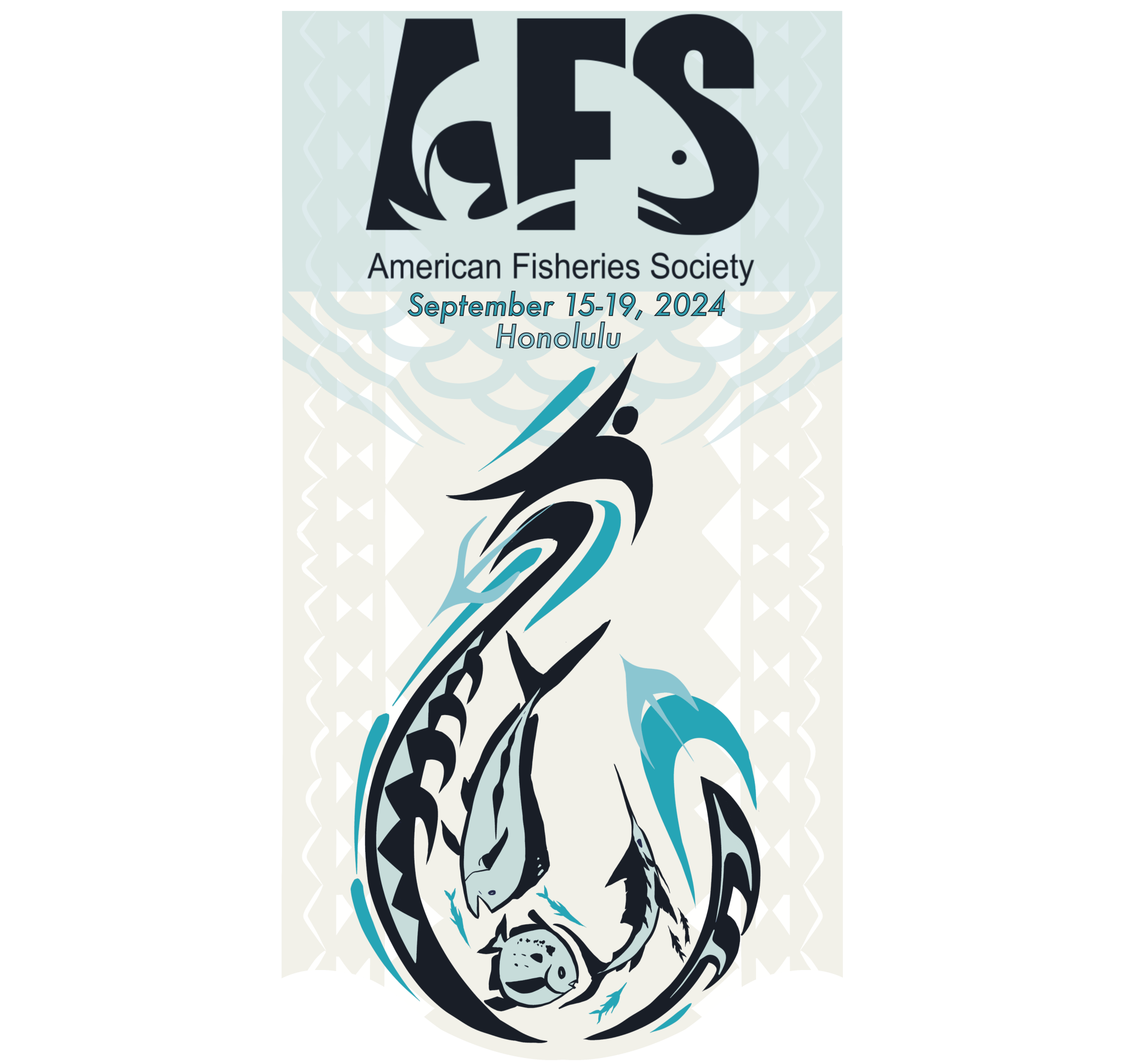
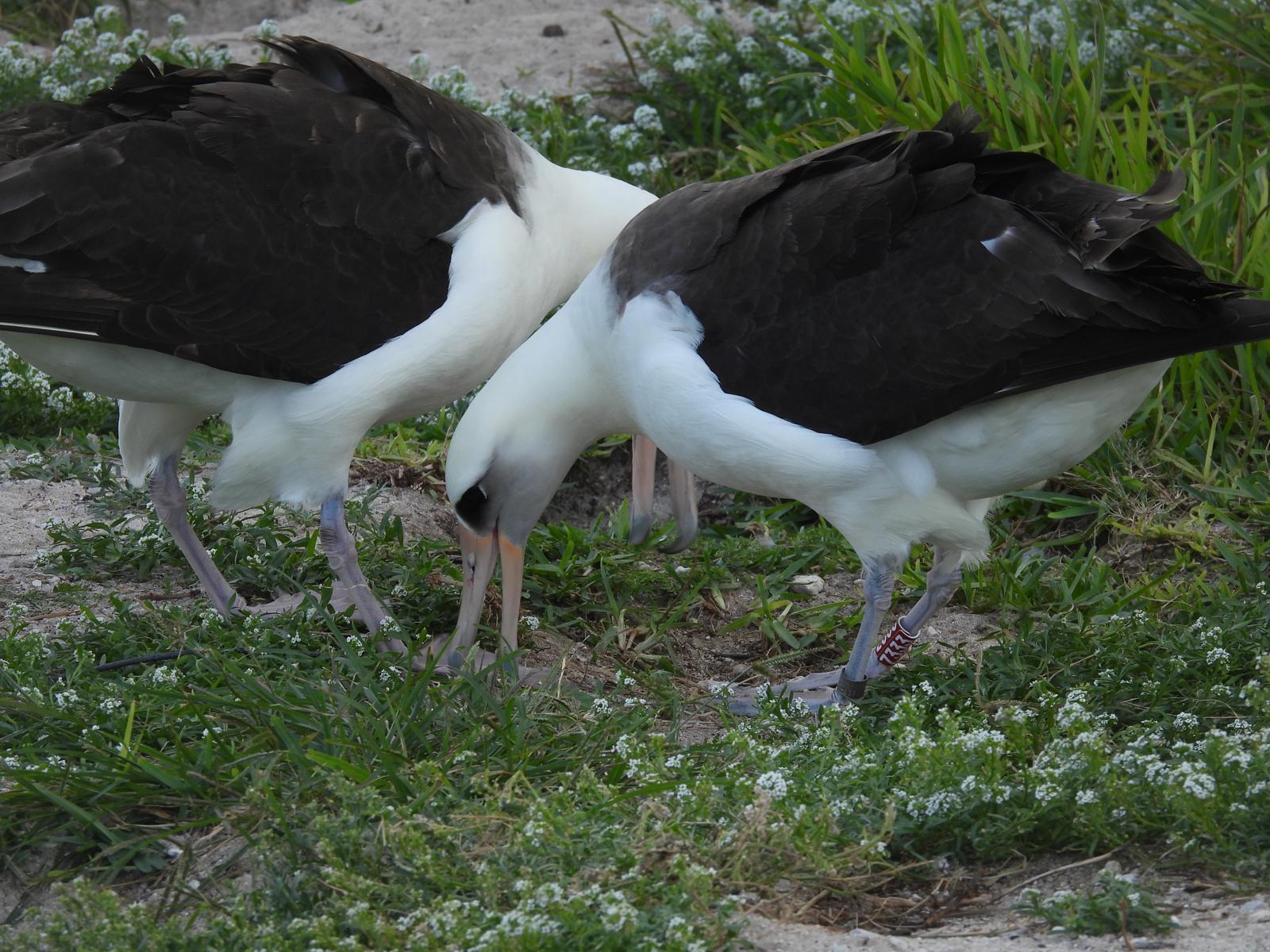 Wisdom (right) displays with another Laysan Albatross, 18 March 2024
Wisdom (right) displays with another Laysan Albatross, 18 March 2024 Wisdom (centre) displays with three other Laysan Albatrosses, 18 March 2024
Wisdom (centre) displays with three other Laysan Albatrosses, 18 March 2024